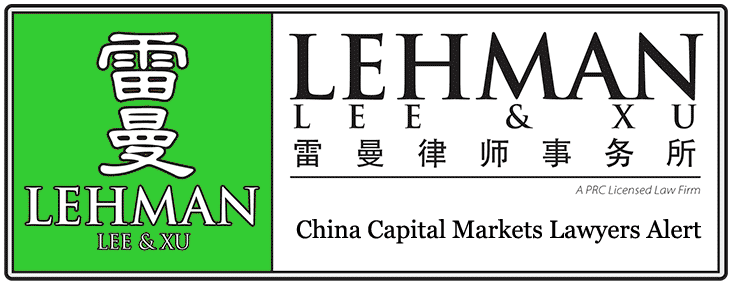In previous articles, I have noted that our economic relationship with China stands on only one leg.
In contrast to two-way trade – merchandise trade topped $120 billion in the year to June – the numbers for two-way investment are staggeringly low. In 2011, Chinese net investment in Australia amounted to $0.93 billion, a six-year low, and the Chinese share of the accumulated stock of foreign investment was just 0.94 per cent. The numbers are no more impressive in the opposite direction, with China only hosting 1.45 per cent of the accumulated stock of Australian investment abroad.
There are two proximate reasons for investment lagging trade so badly.
One is the special hurdle that Chinese investment appears to face when trying to pass the “national interest" test applied by our Foreign Investment Review Board. The shrill media commentary that even Chinese expressions of investment interest attract might also be regarded as an informal deterrent.
The other reason, which I would regard as being more important, is barriers to investment put in place by the Chinese side.
For example, while China has a relatively long history of being open to foreign direct investment (although not as open as Australia), foreign investors have, by and large, been barred from participating in China’s equity markets. Similarly, any investment abroad on a significant scale by Chinese entities has required the approval of the State Administration of Foreign Exchange.
While China’s capital account will not be liberalised overnight, there are signs that capital controls are being removed at an increasingly rapid rate.
A recent report by the Reserve Bank of Australia provides a comprehensive list of recent examples. To take just one: last month it was announced that foreign hedge funds, previously eschewed by the Chinese authorities, would be given permission to raise funds in China for investment abroad.
The implications for Australia of China liberalising its capital account are potentially profound, and certainly warrant far more discussion than the implications of China’s latest real GDP growth rate figure or the most recent interest rate decision by China’s central bank.
Given that the capital stock per person in China remains low relative to the traditional destinations of Australian investment abroad such as the US, economic theory suggests that the returns from additional investment should be high. Thus, Australian savers would be afforded an exciting new investment channel, which takes on even greater significance in view of the clouded medium-term prospects of most OECD economies.
The impact of Chinese investment in Australia is likely to be even more pronounced. The Australian economy is less than one-tenth the size of the Chinese economy when measured in purchasing power parity terms (around two-tenths when measured in US dollar terms). Over the past five years China’s current account surplus has averaged around 6 per cent of GDP, which, oil-exporting economies aside, is one of the highest levels in the world. This is significant because it is indicative of a positive gap between domestic savings and investment. Put differently, it identifies China as having a large quantity of savings that can be sent abroad.
Given our small population – and therefore our limited savings pool – Australia has long relied on foreign savings to boost the rate of investment. Greater access to China’s capital markets would facilitate a continuation of this mutually beneficially arrangement. Again, the emergence of China in this respect takes on extra significance in a global economic context where an inflow of savings from traditional sources cannot be taken for granted.
It would be particularly welcome in those sectors of the Australian economy that are capital intensive, such as mining.
As with most economic developments however, the news is not all rosy. A surge in Chinese investment, assuming it did not simply substitute for investment from other countries, would put further upward pressure on the Australian dollar, to the chagrin of other sectors such as manufacturing, tourism and education. In this sense, Chinese investment would accelerate the structural changes in our economy that Chinese demand for our exports of natural resources has already begun causing.
Finally, if an increase in Chinese investment is not matched by an increase in the domestic savings rate, our current account deficit will likely worsen. In the short run this reflects a basic national income accounting identify. In the longer run, the driver is rising outflows of factor income due to a larger stock of foreign capital in Australia. Whether or not this is a problem depends upon your viewpoint. Most academic economists are fairly unconcerned by current account deficits, at least in the context discussed above. The argument here is that if a current account deficit is being driven by strong investment interest from overseas, then far from being a sign of consuming beyond our means, it is indicative of confidence in the growth potential of the domestic economy.
Web link:
http://www.businessspectator.com.au/bs.nsf/Article/china-foreign-investment-capital-account-australia-pd20120810-X22MP?opendocument&src=rss |

